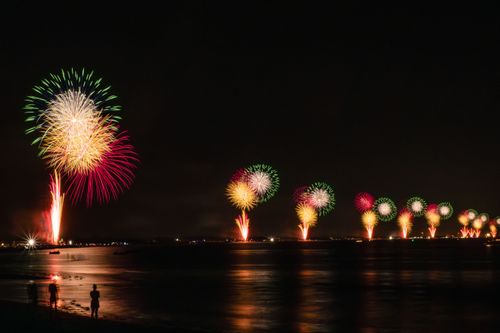06-10-2025
Venice’s Most Mysterious Islands: Poveglia and San Michele
Poveglia: history, legends and shadows in the lagoon
In the southern reaches of the Venetian Lagoon, just across from Malamocco and west of the Lido, lies a place that has stirred curiosity and fascination for centuries: the island of Poveglia. Strictly speaking, it’s not a single island but a tiny archipelago of three islets, covering around 72,500 square meters and forming a trapezoid when seen from above.
The main island still bears the ruins of hospital pavilions from the early 20th century, linked by a bridge to a barren neighboring islet. Further south sits the Ottagono, an artificial fortress-island built in the late 14th century, instantly recognizable for its precise geometric form.
In the Middle Ages, Poveglia thrived as a trading post thanks to its strategic location. From the late 1700s onward, however, its role shifted repeatedly: quarantine station during epidemics, checkpoint for ships and goods, depot for boats. Later it housed a home for the elderly and several wards of the Lido’s Ospedale al Mare, a seaside hospital and sanatorium that remained active until the early 1970s.
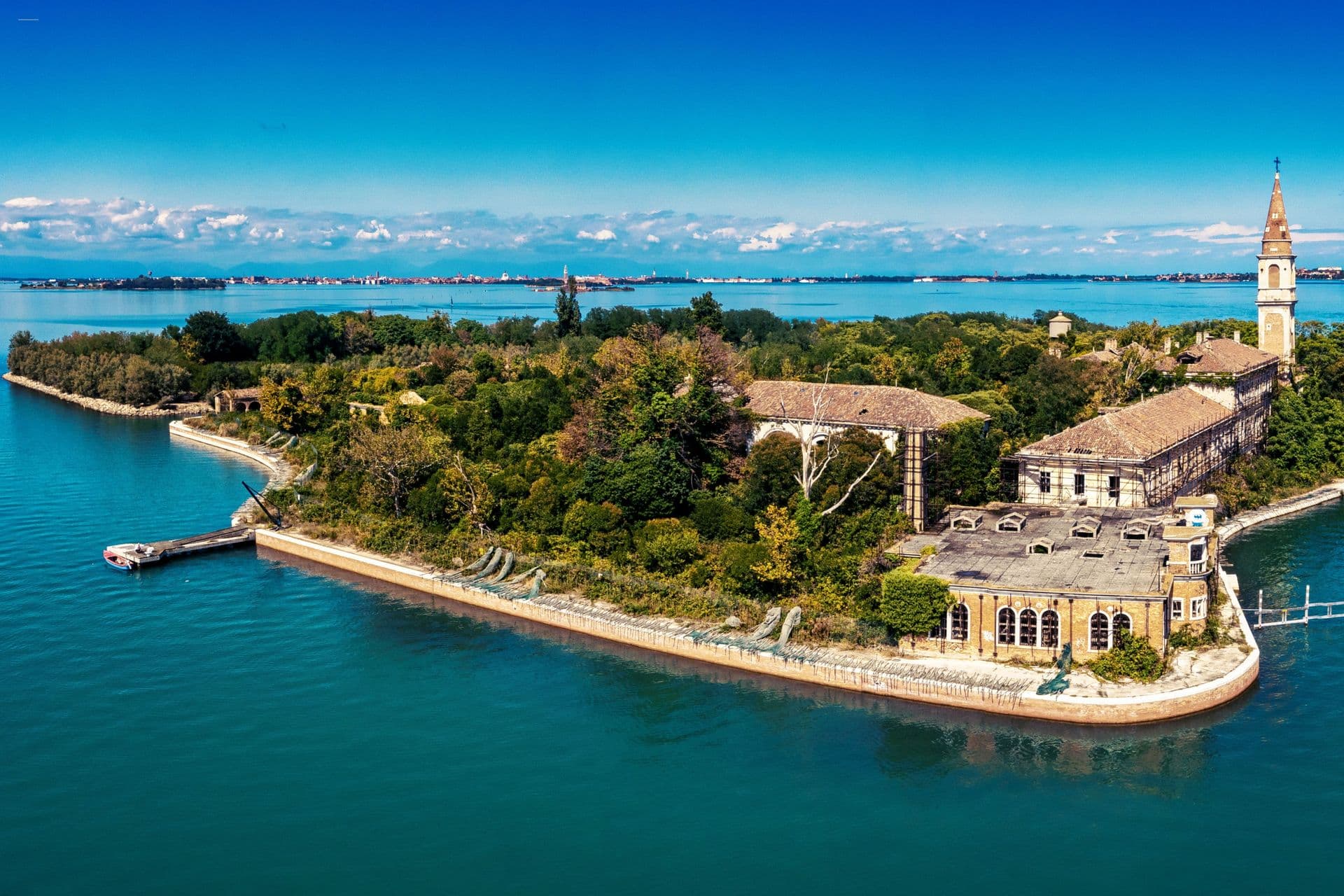
Today, Poveglia is abandoned and accessible only by private boat. With no water, no gas, and crumbling buildings, it might appear forgotten – yet it continues to draw those fascinated by mystery.
And the legends are many. Stories speak of mass cremations during the Black Death, of a psychiatric hospital, of a doctor driven mad who hurled himself from the bell tower, tormented by ghosts. Poveglia’s reputation as one of the “world’s most haunted places” has only grown online. In 2016, five American tourists who tried to spend the night there had to be rescued by firefighters after fleeing in panic, convinced they had heard spectral voices.
But how much of this is true? Research by CICAP, Italy’s Committee for the Investigation of Claims on Pseudoscience, suggests little of it is grounded in history. Scholar Alberto Toso Fei, for instance, documented that only two ships carrying plague victims actually landed on Poveglia in the 18th century, with twenty deaths in total, all of them recorded by name. And while islands such as San Servolo and San Clemente did host psychiatric hospitals, Poveglia never did.
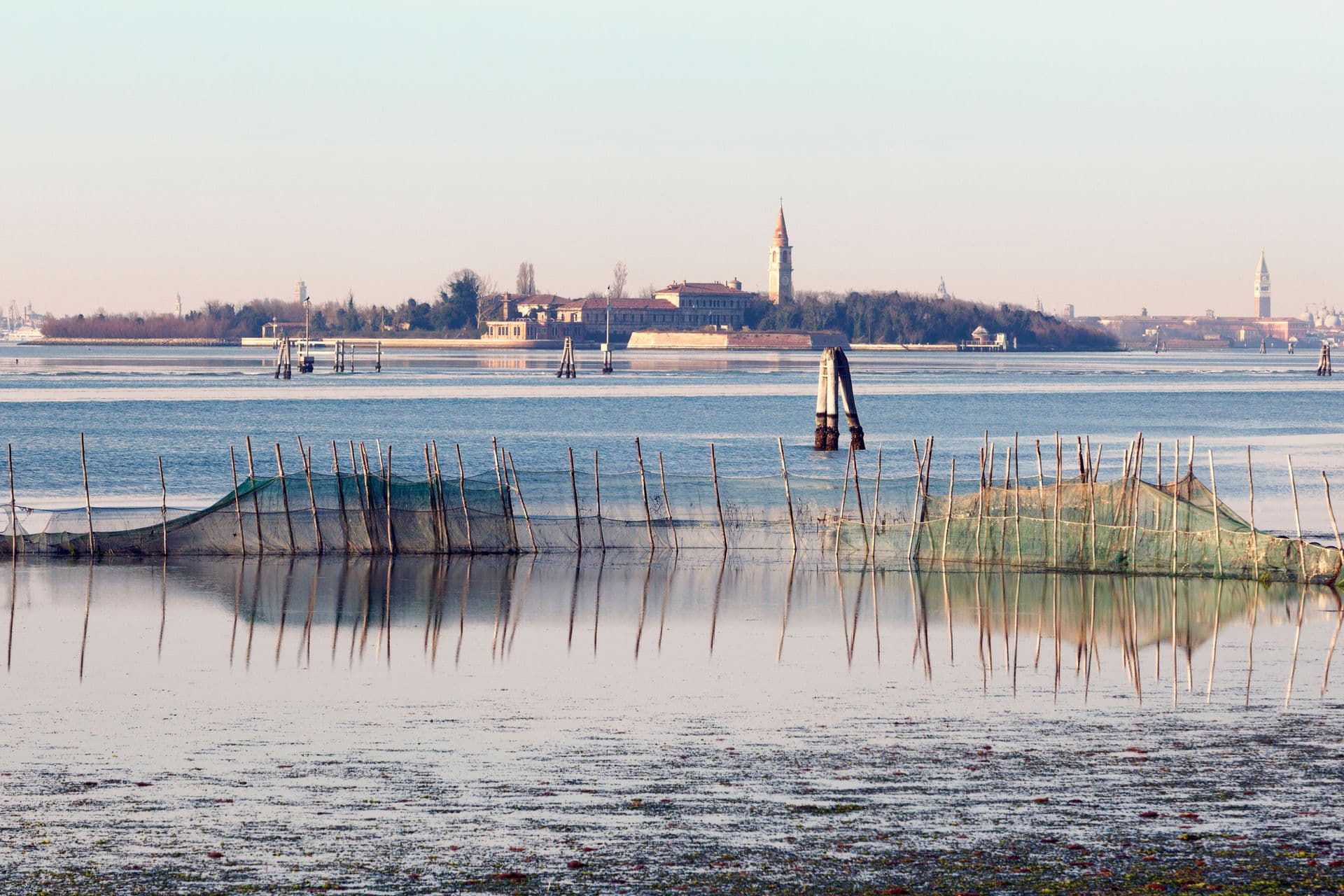
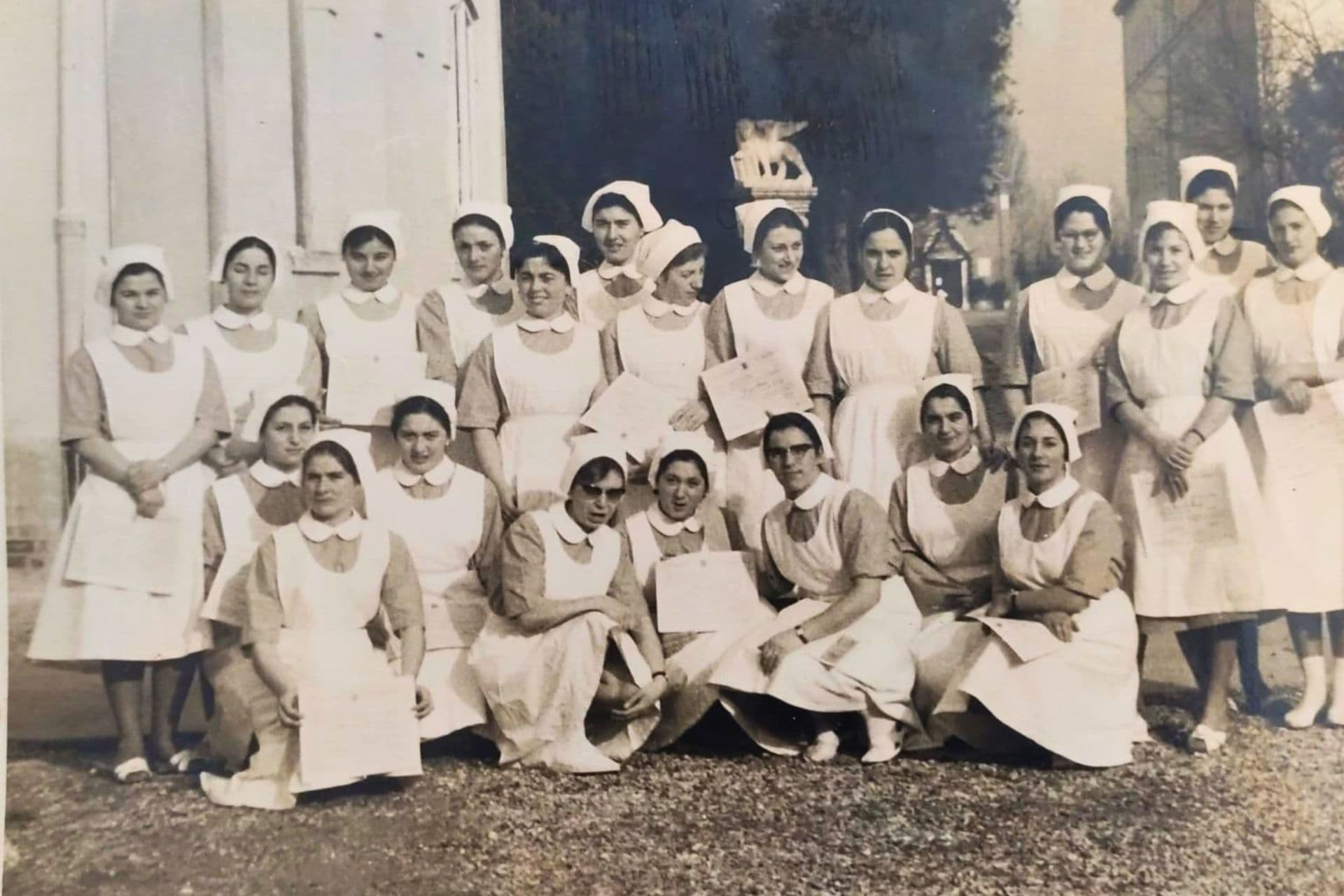
San Michele: the island of memory
Not far from Poveglia’s ghostly reputation lies San Michele, an island of quieter, more solemn allure. Here stands Venice’s monumental cemetery – a place suspended between water and silence, where writers, artists, politicians and other remarkable figures are laid to rest. Among them: composer Igor Stravinsky, Ballets Russes founder Sergei Diaghilev, poets Joseph Brodsky and Ezra Pound, composer Luigi Nono, painter Emilio Vedova, psychiatrist Franco Basaglia, football legend Helenio Herrera, and Austrian scientist Christian Doppler.
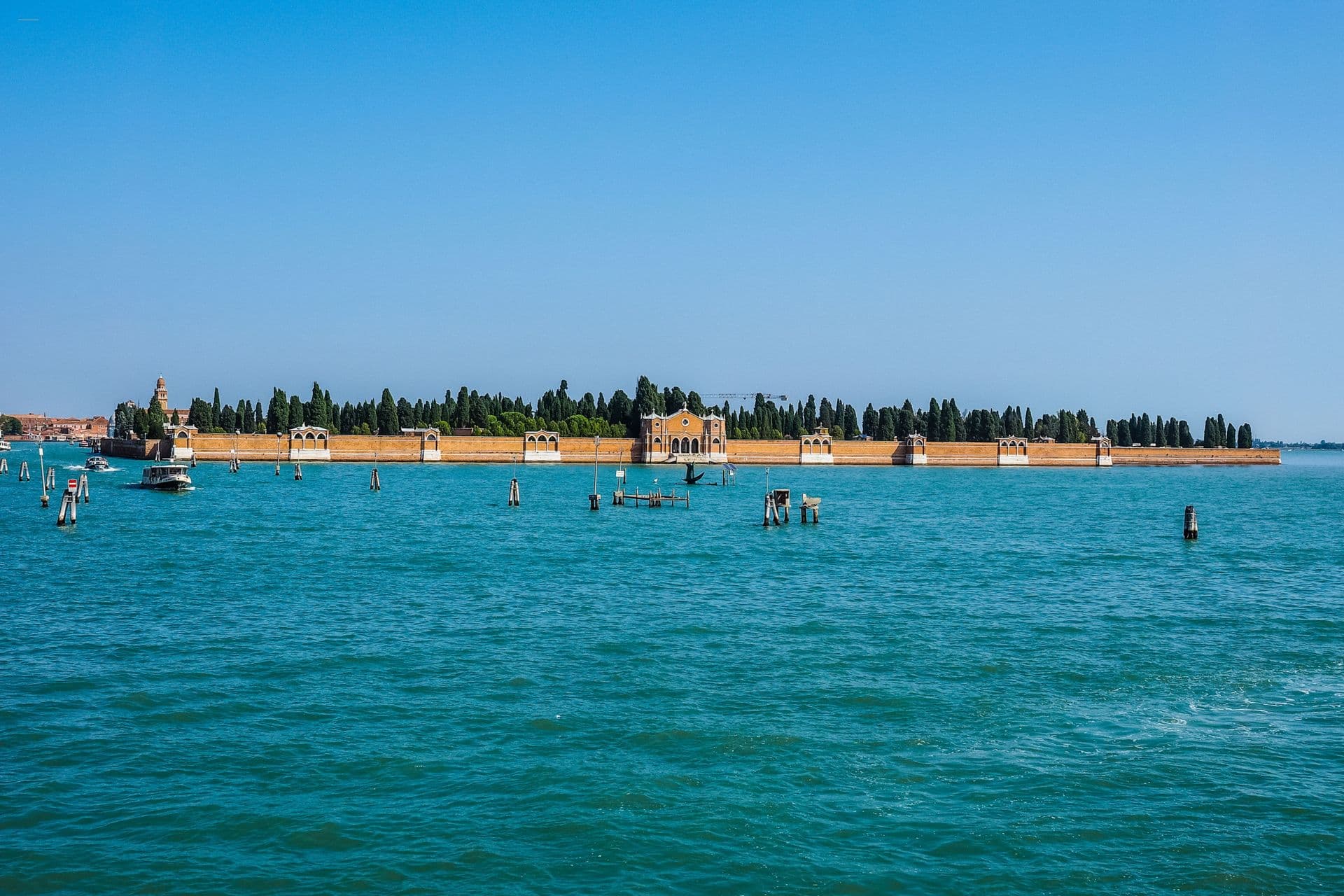
The cemetery was established for sanitary reasons after Napoleon’s Saint-Cloud edict, designed in 1807 and completed in 1813. Initially planned for the island of San Cristoforo, it was later expanded by merging it with San Michele, which had long hosted a Camaldolese monastery. The result is a unique cemetery where neoclassical architecture meets medieval traces, and graves look directly out over the lagoon.
But San Michele is more than a resting place: it is an open-air museum. Gothic portals, Renaissance chapels and hushed courtyards make it a site of memory and artistry. There are curiosities too: dedicated sections for different faiths reflecting Venice’s cosmopolitan spirit, and the memory of funeral gondolas that once bore the deceased across the lagoon.
The island lies between Venice and Murano and is easily reached by public transport.
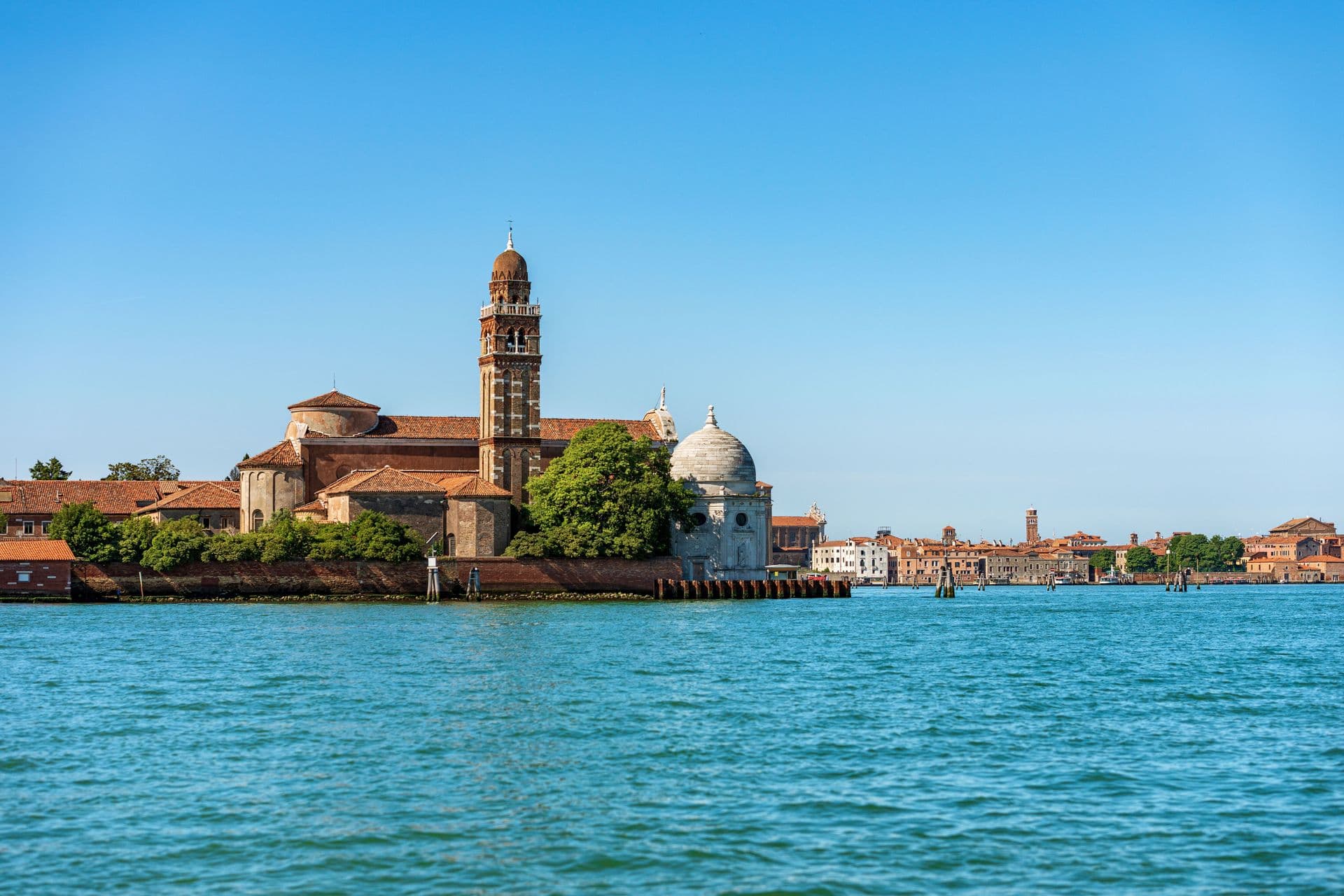
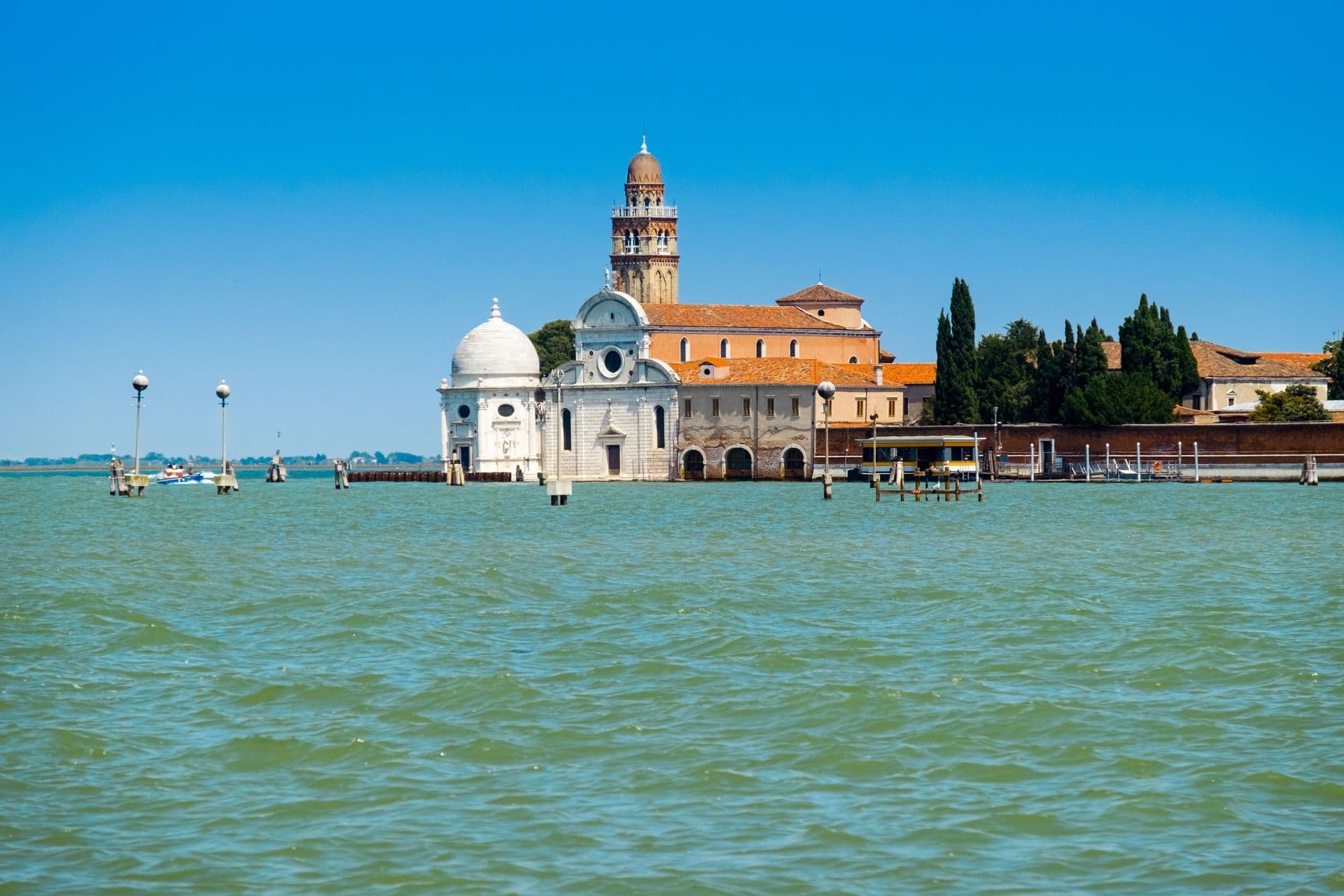
This year, for the Feast of All Souls, the traditional votive bridge will once again be built, linking the Fondamente Nove directly to the monumental entrance of San Michele’s cemetery. From October 30 to November 6, 2025, Venetians and visitors alike will be able to cross the 400-meter floating walkway on foot, turning the passage itself into part of the city’s ritual of remembrance.







